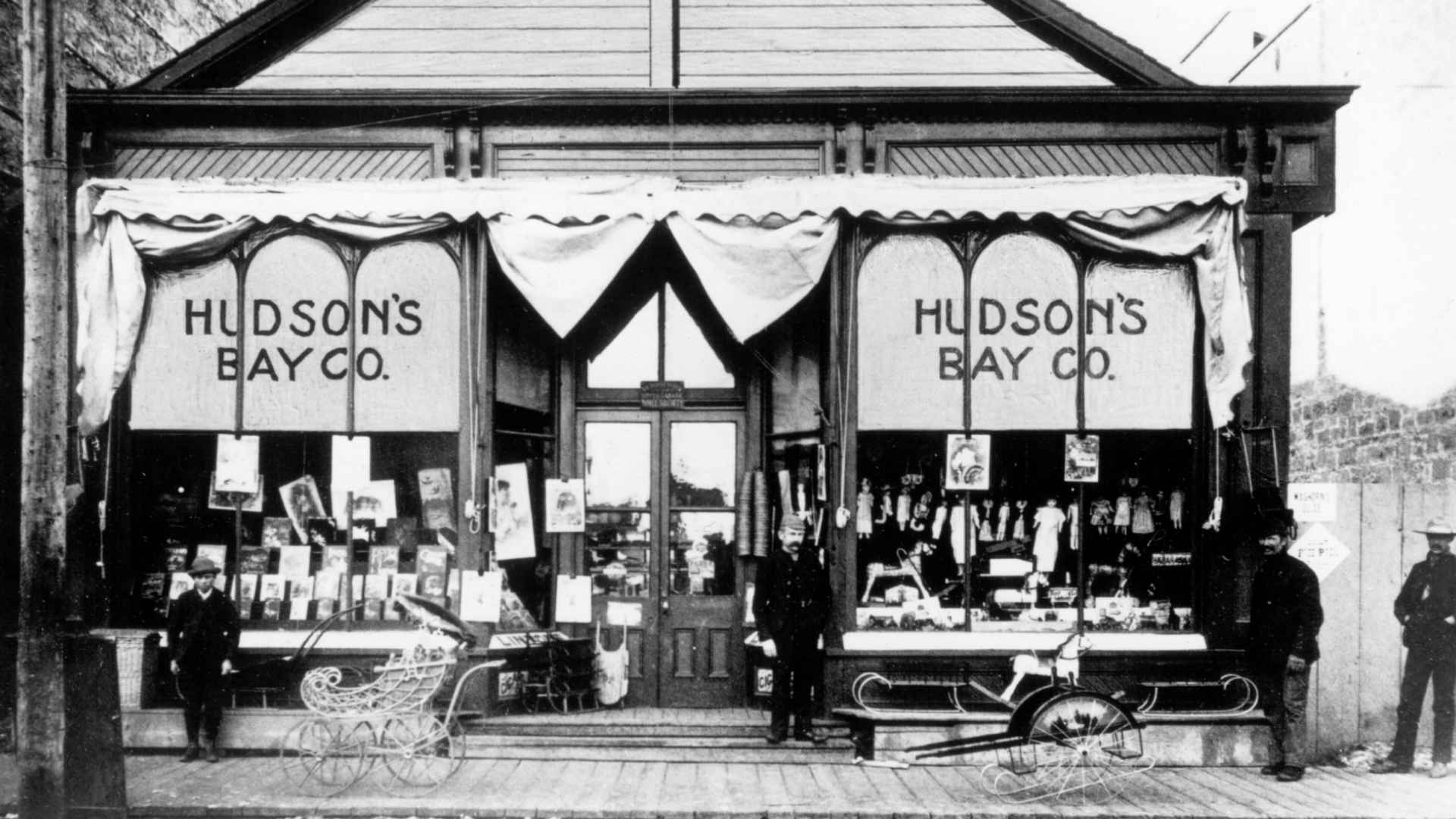The liquidation sale has already begun, and a glimmer of hope for a last-minute bailout seems unlikely.
Hudson’s Bay Company, once a dominant force that governed parts of what is now Canada, is on the brink of closing its doors for good. With just six stores left, a judge has granted the legendary enterprise until early May to avoid a complete shutdown.
How a 17th-century fur trading empire evolved into a retail phenomenon and struggled with change
Founded around 1650 by French explorers Pierre-Esprit Radisson and Médard des Groseilliers, Hudson’s Bay Company (HBC) started off sourcing premium furs in the remote regions around Hudson Bay. Backed by Prince Rupert in London, the venture grew rapidly and secured a monopoly over the fur trade, later expanding into department stores and supermarkets as competition and government interests intensified.
In 1779, a rival, the North West Company, emerged, chipping away at HBC’s exclusive hold. By 1849, a court case signaled the end of its monopoly when a merchant faced no real penalty for breaking HBC’s control. After the British Government reclaimed sovereignty over the lands HBC once ruled, the organization pivoted toward retail. Did you ever imagine that a centuries-old fur trade empire could become a shopping mall giant?
Why the modern era presented insurmountable hurdles even for a centuries-old institution
A massive shift arrived in the past decade with the rapid rise of e-commerce. Online shopping drastically cut in-store sales, and new buying habits left traditional retailers struggling to keep pace. HBC changed ownership multiple times, eventually landing under a U.S. private equity firm. As the digital marketplace took off, HBC’s North American stores closed one by one.
Then came the COVID-19 pandemic, which accelerated the decline of brick-and-mortar locations. Today, just six stores remain, and the looming bankruptcy means the company may not survive another month. Are you wondering whether this marks the end of an era for historic retailers worldwide? Below is a brief overview of key turning points:
| Year | Milestone |
|---|---|
| 1650s | Founding and early fur trade monopoly |
| 1779 | Emergence of the North West Company |
| 1849 | Court ruling effectively ends exclusive rights |
| Mid-1900s | Shift to department stores and malls |
| 2020s | Rapid store closures and pending bankruptcy |
As the liquidation sale moves forward, there seems to be no concrete plan to rescue HBC from this final collapse. The company survived wars, evolving governments, and loss of its trade monopoly, but the unstoppable wave of online commerce appears to have the last word.
Hudson’s Bay Company’s downfall highlights the importance of adapting to evolving consumer preferences. In the end, this 355-year-old giant may serve as a cautionary tale for retailers struggling to reinvent themselves in the digital age. Those remaining six stores must either transform quickly or risk vanishing altogether.

